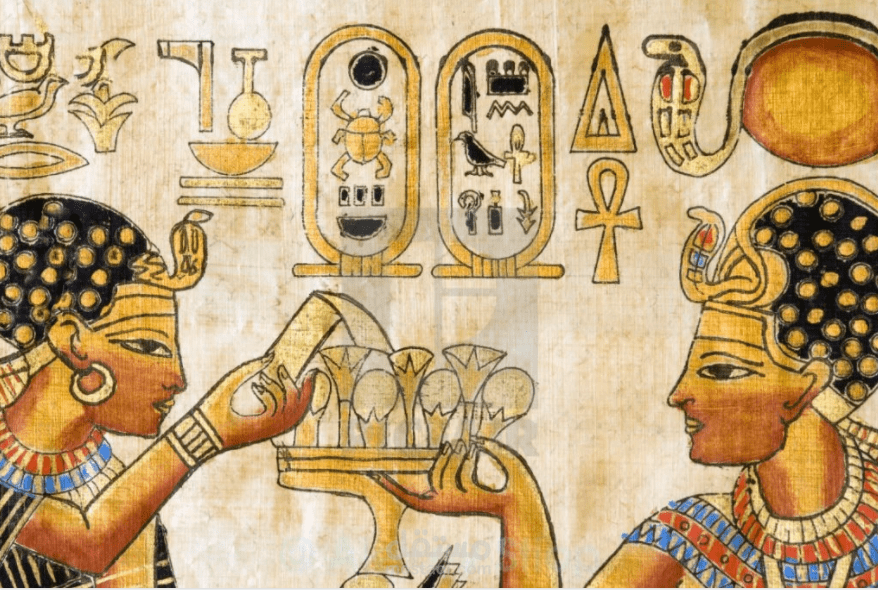مقال عن حضارة فرعونية باللغة الإنجليزية
تفاصيل العمل
The Pharaonic Civilization: Glimpse into Ancient Egypt's Splendor
Introduction:
The Pharaonic civilization, which thrived in ancient Egypt for over 3,000 years, stands as one of the most remarkable and enduring civilizations in human history. This ancient culture, characterized by its majestic pyramids, grand temples, and enigmatic pharaohs, left an indelible mark on the world. In this article, we will explore the key aspects of the Pharaonic civilization, shedding light on its achievements, beliefs, architecture, and legacy.
1. Historical Background:
The Pharaonic civilization emerged around 3100 BCE when Upper and Lower Egypt were unified under the first pharaoh, Narmer. It witnessed several dynasties and periods, including the Old Kingdom, Middle Kingdom, and New Kingdom, each leaving its unique imprint on the civilization's legacy.
1. Pharaohs and Divine Kingship:
At the heart of the Pharaonic civilization was the figure of the pharaoh, believed to be a divine ruler and the intermediary between the gods and the people. The pharaohs held absolute power and were revered as living gods on earth. They built grand monuments, such as the Great Pyramids of Giza, as eternal resting places and symbols of their divine status.
1. Religion and Beliefs:
Religion played a central role in the lives of ancient Egyptians. They worshipped a pantheon of gods and goddesses, each associated with various aspects of life and nature. The belief in an afterlife and the complex funerary rituals, including mummification, reflect their strong conviction in the existence of a soul and the journey to the eternal realm.
1. Architectural Marvels:
The Pharaonic civilization left a lasting architectural legacy, characterized by monumental structures that still awe and inspire today. The pyramids, tombs, and temples stand as testaments to their advanced engineering skills and artistic prowess. The Temple of Karnak, Luxor Temple, and Abu Simbel are among the remarkable architectural masterpieces that showcase the grandeur and sophistication of ancient Egyptian architecture.
1. Hieroglyphic Writing and Art:
The ancient Egyptians developed one of the earliest writing systems known as hieroglyphics. They used intricate symbols to record their history, religious beliefs, and everyday life. Hieroglyphic inscriptions can be found on temple walls, tombs, and papyrus scrolls. Egyptian art, known for its stylized depictions and symbolic representations, adorned the walls of temples and tombs, capturing the essence of their culture and mythology.
1. Scientific and Cultural Contributions:
The Pharaonic civilization made significant advancements in various fields. They excelled in astronomy, mathematics, medicine, and engineering. The construction of massive irrigation systems like the Great Sphinx and the development of papyrus as a writing material are just a few examples of their scientific achievements. Additionally, ancient Egyptian literature, such as "The Book of the Dead" and "The Tale of Sinuhe," provides valuable insights into their cultural and intellectual heritage.
1. Legacy and Influence:
The Pharaonic civilization continues to captivate the world with its mystique and allure. Its architectural wonders, religious beliefs, and cultural contributions have influenced subsequent civilizations throughout history. The study of ancient Egypt's language, art, and history remains a vital field of research, shedding light on the origins of human civilization and enriching our understanding of the past.
Conclusion:
The Pharaonic civilization stands as a testament to the ingenuity, creativity, and spiritual devotion of the ancient Egyptians. Their awe-inspiring monuments, intricate hieroglyphic script, and profound cultural legacy continue to fascinate and inspire people around the globe. The Pharaonic civilization remains an enduring symbol of human achievement and a testament to the immense capabilities of ancient civilizations.
